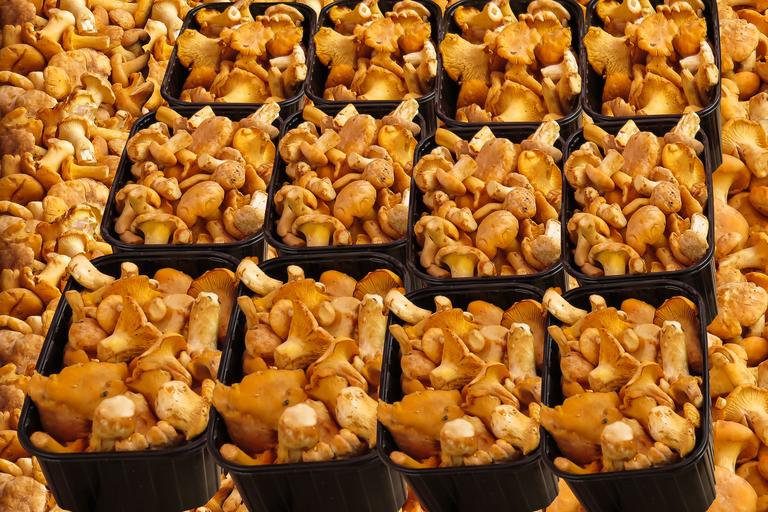Abstract
In Japan, shiitake mushrooms are highly valued, with a longstanding emphasis on domestic production due to their role in traditional cuisine and consumer preferences for fresh, high-quality products. Historically, domestically grown shiitake mushrooms have commanded high prices, with the 2022 data showing a maximum price of 24.5 million yen. This reflects strong demand and production costs associated with the controlled environment needed for cultivation. Imports of fresh shiitake mushrooms have generally remained low, both in volume and price, with a maximum import price of 282,000 yen in 2022 and accounting for only 1.1% of total consumption. This small import proportion underscores Japan’s preference for local shiitake, and the steady demand despite the price disparity indicates a limited reliance on imports for fresh mushrooms, suggesting that imports mainly fill gaps rather than serve as a substitute for domestic production.
Domestic price of mushrooms
In Japanese agriculture, shiitake mushrooms hold a prominent position, especially fresh varieties valued for their taste and traditional culinary importance. In 2008, domestic fresh shiitake mushrooms reached a peak price of 42.4 million yen, reflecting high demand and the intensive cultivation efforts needed to maintain quality. However, since then, prices have shown a gradual decline, and in 2022, they stand at 57.7% of the peak level. This price drop suggests a shift influenced by several factors, including improved cultivation techniques that have stabilized supply, heightened competition from imports, and perhaps evolving consumer preferences. Despite these trends, fresh shiitake mushrooms continue to command a premium price, underscoring their importance in Japanese diets and the market’s continued emphasis on quality and freshness.


The maximum is 42.4Myen[2008] of Fresh shiitake mushrooms, and the current value is about 57.7%
Import price of mushrooms
In Japan’s vegetable import market, fresh shiitake mushrooms currently hold a leading position, with a total import market value of 4.78 million yen as of 2022. This reflects the steady demand for shiitake mushrooms, both as an essential ingredient in Japanese cuisine and as a product that fills gaps in domestic supply. Although Japan is known for preferring domestically produced shiitake mushrooms, imports play a role in balancing supply, especially during periods of high demand or when domestic production faces challenges. Over time, while imports have increased to support market needs, they remain carefully managed to align with Japan’s strong preference for local produce. This selective import trend highlights a balance Japan seeks between supporting domestic agriculture and supplementing with imports, ensuring consumers have consistent access to staple vegetables like shiitake mushrooms.


The maximum is 4.78Myen[2004] of Fresh shiitake mushrooms, and the current value is about 5.91%
Import (proportion) price of mushrooms
In Japan’s vegetable market, the import proportion of shiitake mushrooms highlights a careful balance between local production and supplementary imports. In 2004, the proportion of imported raw shiitake mushrooms peaked at 11.5%, showing a notable reliance on imports to meet demand. Since then, this proportion has gradually declined, reaching 9.57% of its peak by 2022. This decrease reflects both an increase in domestic production efficiency and a persistent consumer preference for locally cultivated mushrooms due to quality and freshness. Despite the slight reliance on imports, particularly to address seasonal gaps or spikes in demand, Japan’s shiitake market remains largely self-sufficient. The trend suggests a continued priority on supporting domestic agriculture while keeping imports at manageable levels to ensure stability in supply and quality.


The maximum is 11.5%[2004] of Fresh shiitake mushrooms, and the current value is about 9.57%



Comments